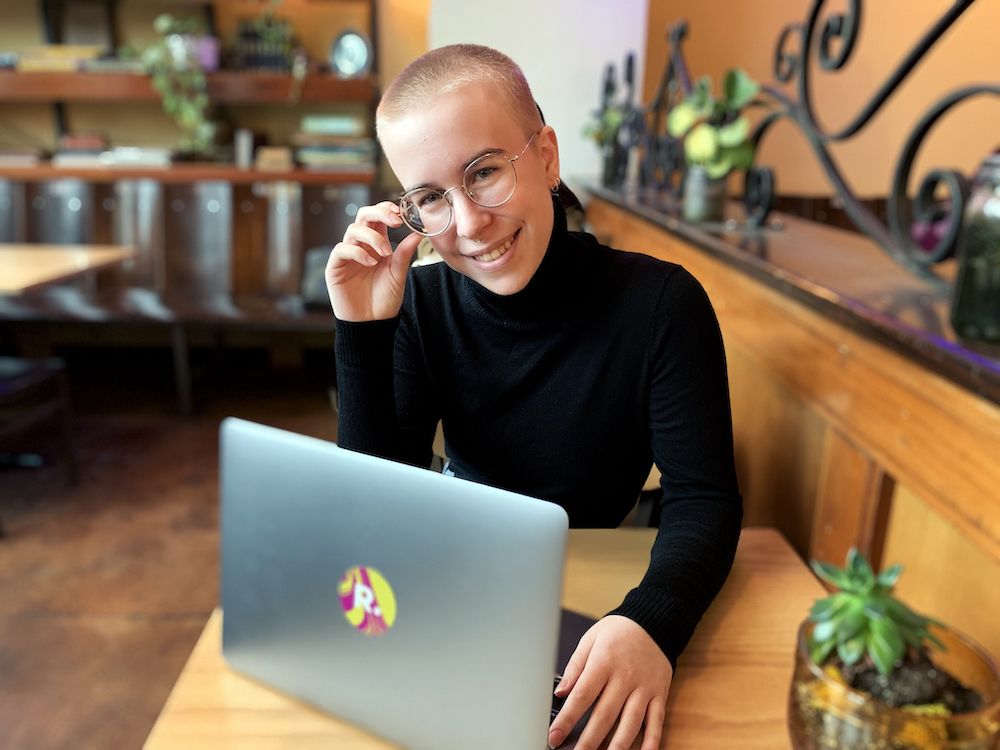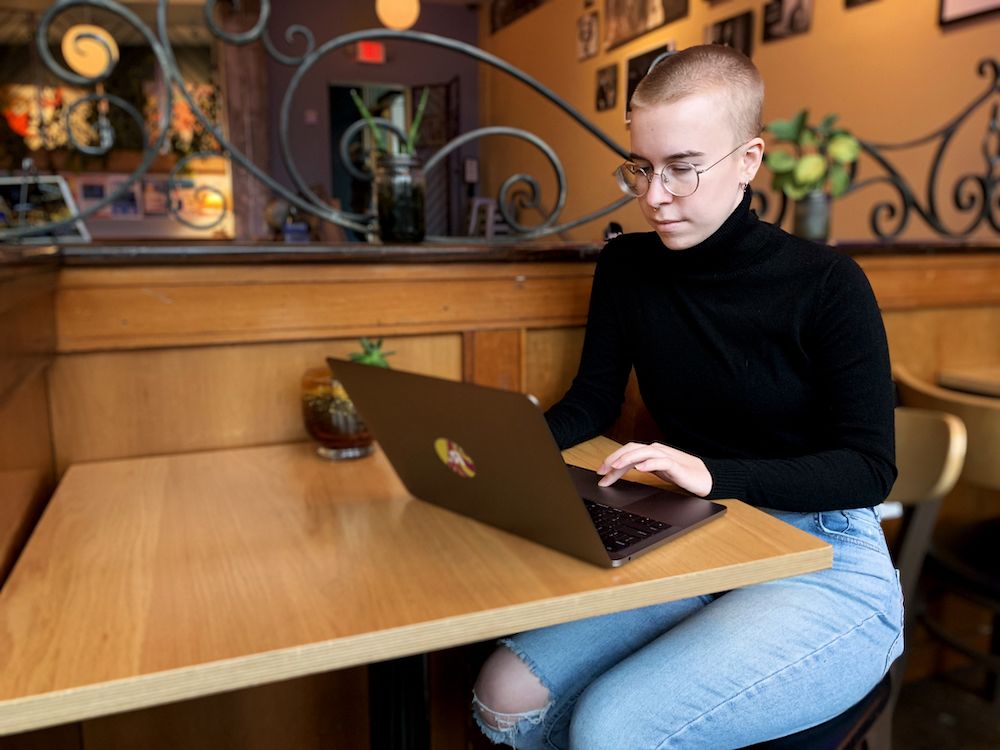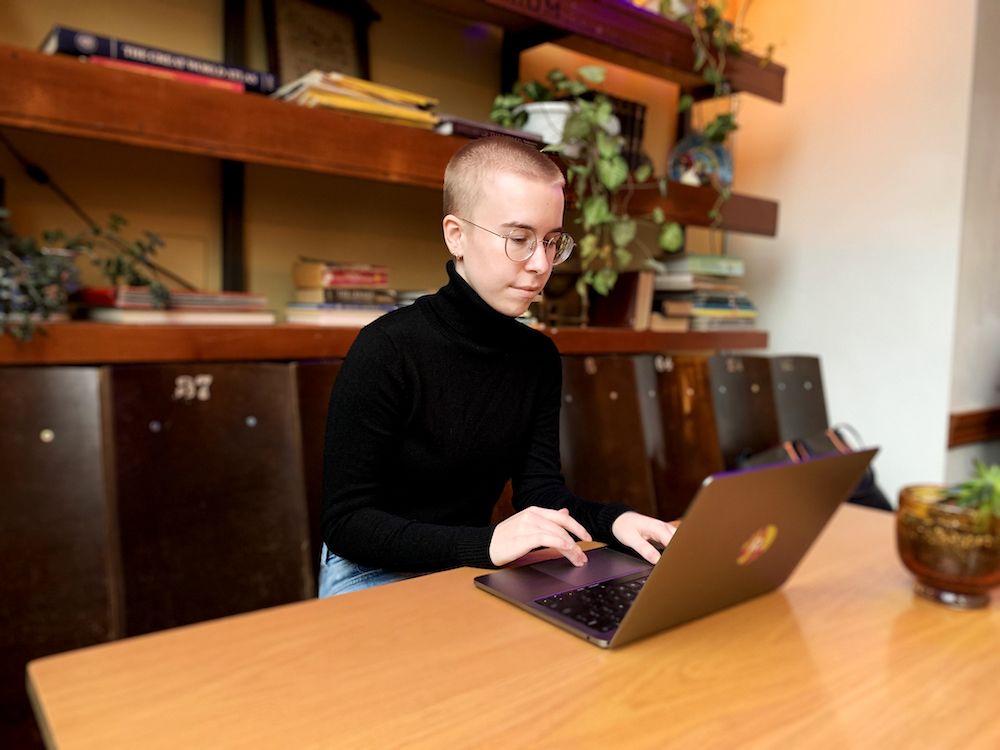Woohoo 2020! New Year, new us. For the Roboboogie website, that’s certainly the case. After 8 years of brand evolution and refinement, we’ve arrived, and the latest iteration of our website feels like home. We’re proud to launch a totally new site that feels true to who we are, and is here to stay.
So, in the spirit of New Year’s reflections, let’s hop on the Wayback Machine to see where we’ve been and how we got here. What a long, strange (and wonderful) trip it’s been.
Marketing Agency
It was 2012 when we launched our first-generation website into the web-er-sphere. The global debut of the Roboboogie namesake and our digital storefront @ www.teamroboboogie.com changed the internet forever. This fledgling website is a time capsule of our roots in user-centric design. We did what all the cool kids were doing at the time, opting for a single page, scrolling website, complete with anchor link navigation (ooooh…fancy, right?). The design was unique and full of personality but lacked some design polish (look at all those different type treatments). It also wasn’t particularly mobile-friendly, but that’s really more a sign of the times.
The design incorporated a retro-futuristic background illustration we felt spoke to our forward-thinking creative offerings. Copy and visuals were fun and playful, but maybe a bit over the top in places, with a few too many dad jokes and some really literal talking robot illustrations. The site put us on the map and captured the smart, approachable, and fun-loving spirit that’s still a part of our brand today, but we eventually outgrew it, and moved on to something a bit more refined.
Design Forward
Version 2.0 was a photo-rich, design-forward expression of the Roboboogie brand. Redesign goals addressed a desire to more effectively showcase our design skills, and the critical role of design excellence in our work. We also set out to celebrate the amazing brands we work with. We designed a more iconic version of our logo with the encircled lower case ‘r’ and a simplified color pallet to allow the rich photography and tastefully treated images to be the hero.
Positioning messages were also refined and shifted from ‘UX/UI Design Agency’ to ‘Strategic Design Agency.’ We achieved our design goals, but in the process forgot to practice what we preach around balancing form and function; we neglected the transactional aspects of the site and a need to drive sales lead conversions. Robo 2.0 was much more mobile-friendly, and dabbled with some pretty nifty parallax scrolling transitions. In the end, the site clearly communicated our passion for design and differentiated Roboboogie in the CRO space, but it failed to speak to our unique approach and the incredible results we were getting for our clients. We needed something much more transactional and explanatory.
Productized Services
Enter teamroboboogie.com version 3.0, ‘The Return of a Services-Forward Approach.’ We traded stunning photography for straight-shooting copy and infographics, and put more focus on driving sales and conversions.
We also streamlined and productized our service offerings with the introduction of a new interpretation to the Roboboogie namesake; shifting from what had been the marriage of technology (robo) + creativity (boogie) to a nod to our methodology, the combination of data (robo) + design (boogie). This site worked harder for us, but ultimately it felt a bit soulless, so it was back to the drawing board (I mean Photoshop).
Consultancy
This site had the longest shelf life of any so far, and endured a significant refresh and some page additions and evolutions. We moved away from the DATAwhatever product names and opted back into a more straightforward naming and merchandising strategy for our services. We added a WordPress-managed blog and events page, helping keep our content current and search-relevant.
The site served us well for a few years, but as our team grew and our brand evolved and matured from the inside out, it was time for a new experience that would more authentically represent who we are and what makes us unique.
The New Roboboogie
Well, here it is. The latest iteration of our website and expression of the Roboboogie brand. In some ways, it’s a best of compilation of all we’ve learned through the other designs, but in other significant ways, it’s a complete re-birth of the Roboboogie brand.
We finally drank our own Kool-Aid and took a big step back to really look at our target audience and the true essence of our brand. We set out to include the entire team and create an experience that authentically expresses who we are, what makes us unique, and to paint a clear picture of what its like to work with us and what you can expect the results of an engagement to be. You can read all about what this site means to us and what it took to create this design here.
We’ve already got a list of enhancements and test ideas a mile long, but we think we nailed it. To us, it’s all a part of the never-ending cycle of evolution and optimization. We hope you dig it.
Written by John Gentle, Roboboogie Founder and CXO




